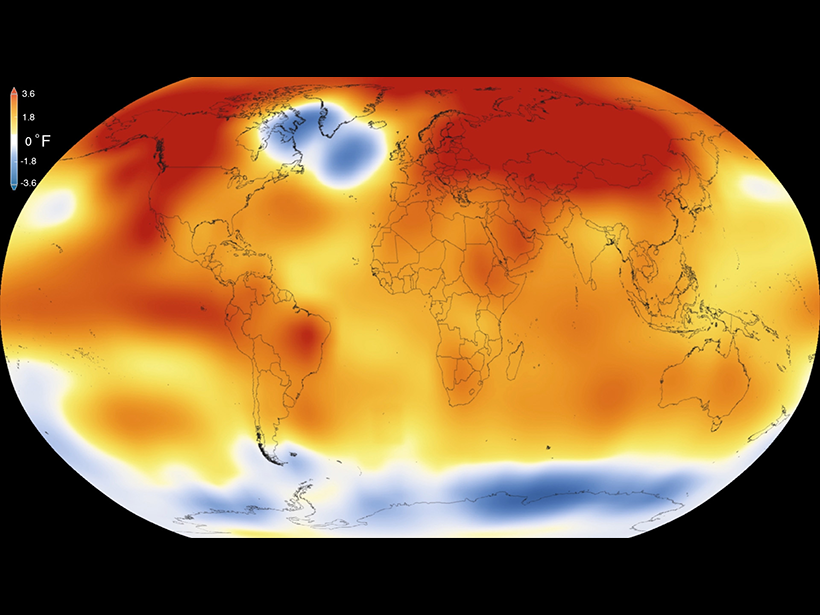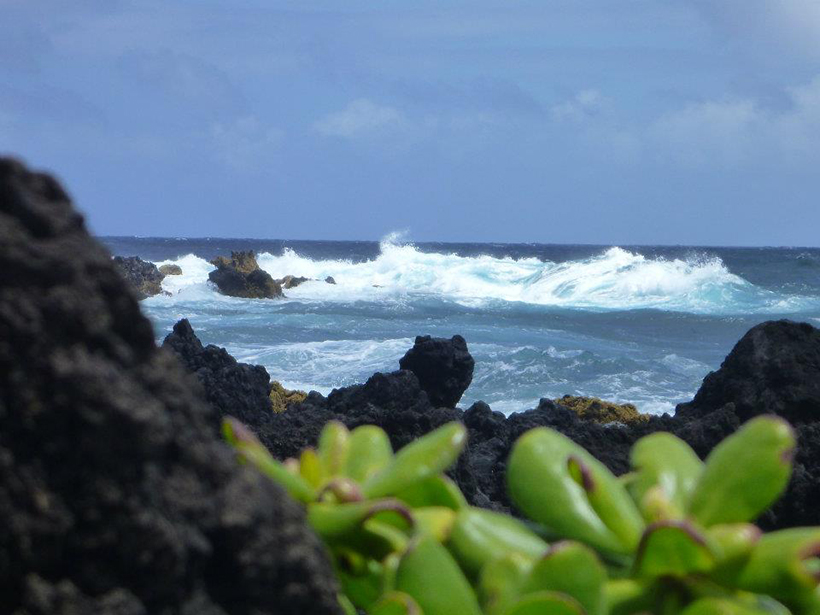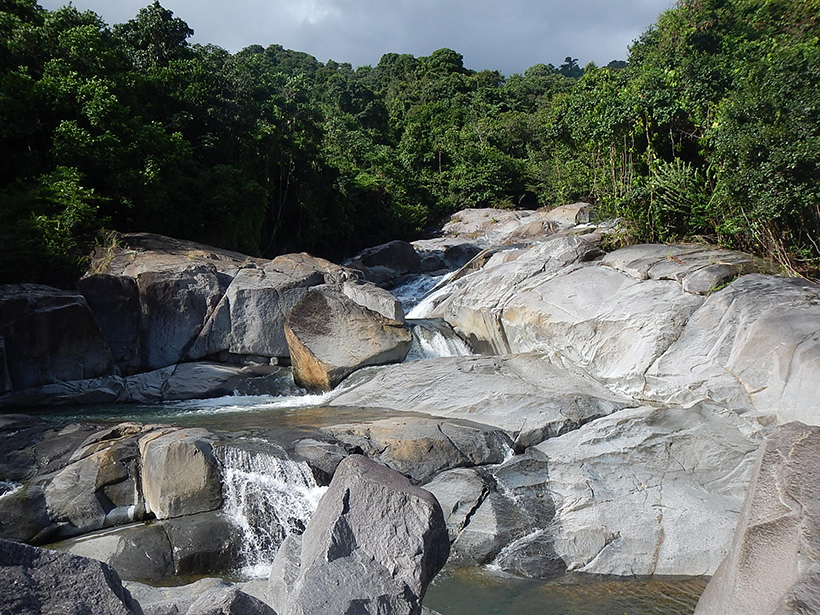Incorporating paths carved by the critters and by tree roots helps scientists align simulations of tropical soils more closely with real-world data.
tropics
What Makes the Biggest Cycle in Tropical Weather Tick?
The Madden-Julian Oscillation drives storms across the Indian and Pacific oceans every 30 to 60 days. New research suggests that clouds absorbing and reemitting radiative energy play a key role.
How "Godzilla" El Niño Affected Tropical Fish in Low-Oxygen Zone
A warm period unexpectedly boosted some species of fish larvae off the coast of Mexico.
Earth's Carbon-Climate Feedbacks Varied in Past Warming Episodes
Records from drill holes in the eastern equatorial Pacific indicate that Earth's orbital eccentricity played an important role in controlling climate as the planet warmed.
Clouds in Climate Models of a Simulated Water-Covered Earth
Researchers use aquaplanet experiments to zero in on the effects of small-scale processes in the tropics that cause discrepancies between climate models.
Closing the Pacific Rainfall Data Void
A new climatology tool uses satellite data to map precipitation in a data-sparse region of the Pacific Ocean.
How Do Tropical Forests Slow Knickpoints in Rivers?
Using Puerto Rico's Luquillo Mountains as a case study, scientists use the region's geological history to study how knickpoints—areas where there's a sharp change in the river's slope—move over time.
El Niño Will Increase Atmospheric Carbon to Historic Levels
Tropical fires and drought-stricken ecosystems that normally serve as sinks will release carbon, contributing to high atmospheric concentrations through 2016 and beyond.
Climate Change Influences the Dynamics Behind Tropical Cyclones
A new model reveals how cumulus convection, humidity, and tropical circulations interact as global temperatures rise.
How Do Climate Variations Affect the Width of the Tropics?
The Width of the Tropics: Climate Variations and Their Impacts; Santa Fe, New Mexico, 27–31 July 2015








